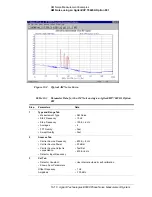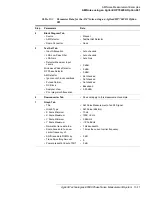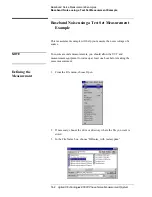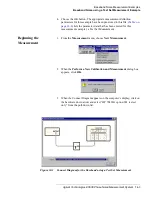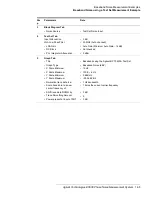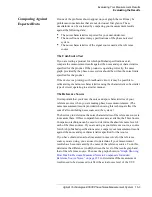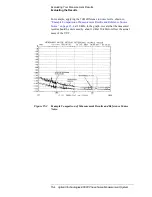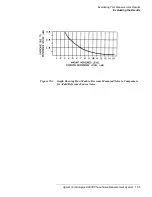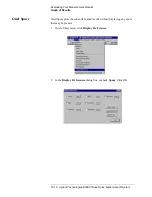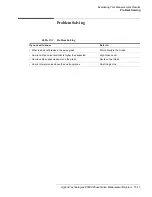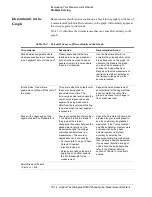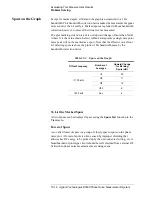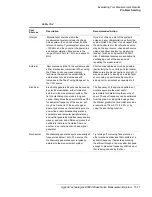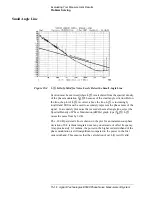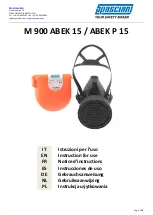
Agilent Technologies E5500 Phase Noise Measurement System
15-3
Evaluating Your Measurement Results
Evaluating the Results
Comparing Against
Expected Data
If none of the problems shown appear on your graph, there still may be
problems or uncertainties that are not obvious at first glance. These
uncertainties can be evaluated by comparing your measurement results
against the following data:
•
The noise characteristics expected for your unit-under-test.
•
The noise floor and accuracy specifications of the phase noise test
system.
•
The noise characteristics of the signal source used as the reference
source.
The Unit-Under-Test
If you are testing a product for which published specifications exist,
compare the measurement results against the noise and spur characteristics
specified for the product. If the product is operating correctly, the noise
graph provided by the phase noise system should be within the noise limits
specified for the product.
If the device is a prototype or breadboard circuit, it may be possible to
estimate its general noise characteristics using the characteristics of a similar
type of circuit operating in a similar manner.
The Reference Source
It is important that you know the noise and spur characteristics of your
reference source when you are making phase noise measurements. (The
noise measurement results provided when using this technique reflect the
sum of all contributing noise sources in the system.)
The best way to determine the noise characteristics of the reference source is
to measure them. If three comparable sources are available, the Three Source
Comparison technique can be used to determine the absolute noise level of
each of the three sources. If you are using as your reference source, a source
for which published specifications exist, compare your measurement results
against the noise and spur characteristics specified for that source.
If you have obtained an actual (measured) noise curve for the reference
source you are using, you can use it to determine if your measurement
results have been increased by the noise of the reference source. To do this,
determine the difference (in dB) between the level of the results graph and
that of the reference source. Then use the graph shown in
How Much to Decrease Measured Noise to Compensate for Added
Reference Source Noise.” on page 15-5
to determine if the measurement
results need to be decreased to reflect the actual noise level of the UUT.


